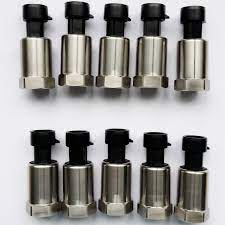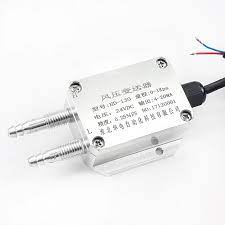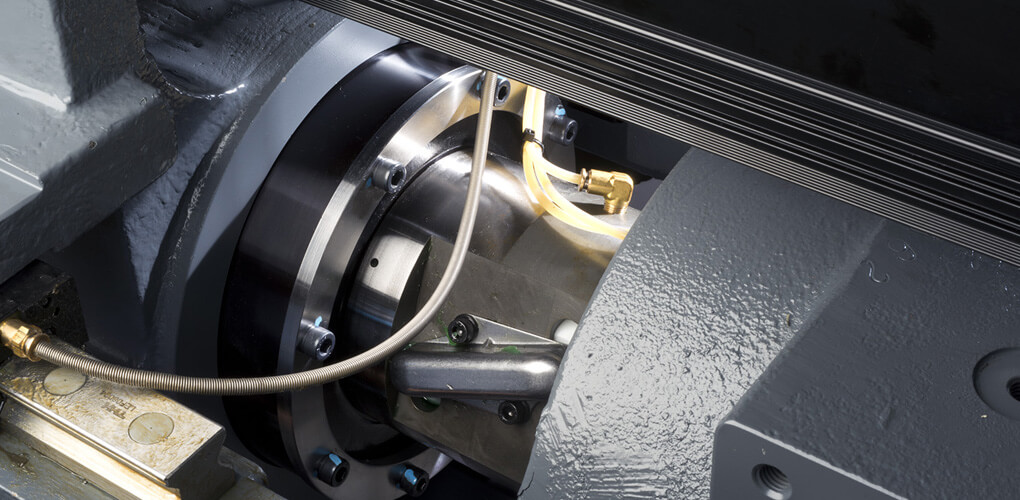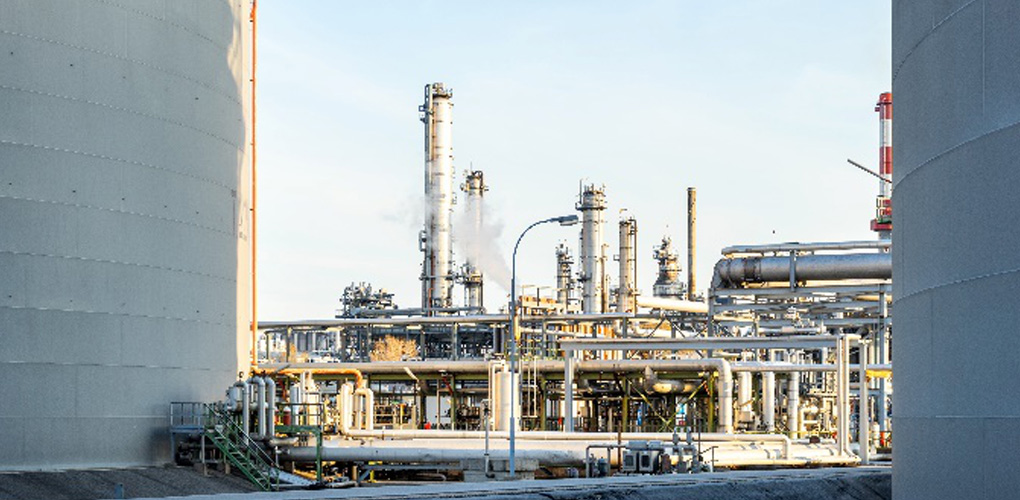5 Types of Air Conditioner Pressure Transmitters - 2021
11 Most Common Pressure Transmitters

In fact, in the process industries, pressure is the most widely measured variable. Moreover, in the gas & oil industry, wellhead pressures are measured in subsea and topside locations.
Basically, air conditioner pressure transmitters are the special types of sensors. There is a wide range of pressure sensors that have optimized for air conditioning as well as for all refrigeration applications.
Today we will discuss pressure transmitters, their types, and the difference between a pressure switch and a pressure transmitter?
What is an air conditioner pressure transmitter?
Basically, pressure transmitters are sensors that make use of additional electronics in order to compensate for temperature errors and linearity deviations, and it outputs measurement results as standardized signals.
Every transmitter has been measured over the temperature profile and entire pressure as compared to the required signal span. In fact, it is a special device that can convert the electrical signal from the transducer into a much larger electrical signal.
Further, this larger electrical signal can be sent over a long distance to a DCS or a PLC.
What are the different types of air conditioner pressure transmitters?
In fact, there are several different types of air conditioner pressure transmitters that are used for different purposes. Actually, they have further kinds in each category but the main categories of these transmitters are:
- Standard pressure transmitters
- Front-flush pressure transmitters
- High-temperature pressure transmitters
- Automotive pressure transmitters
- Differential pressure transmitters
- Analog pressure transmitters
- OEM High-Pressure Transmitters
- Intrinsically Safe Pressure Transmitters
- Flame Proof Pressure Transmitters
- OEM Pressure Transmitters
- Intrinsically Safe OEM Pressure Transmitters.
Let’s try to know the details of the series of the first 3 pressure transmitters in detail!
Standard pressure transmitters:
This series includes a wide range of air conditioner pressure transmitters like;
Series 21C:
This series of pressure transmitters are ideal for resistance to environmental influences. Further, they can deliver accurate measurement results over a temperature range of -40 °C to 125 °C.
Series 21Y:
Basically, air conditioner pressure transmitters of this series don't have an internal seal and a high insulation voltage of 300 VDC. Moreover, they are ideally resistant to environmental influences.
These transmitters have a temperature range from -40°C to 100°C.
Series 23SY:
These transmitters are specially designed for elevated requirements in industrial applications. Their modular concept is highly flexible and makes it possible to realize customer-specific requirements in a very short time.
Its temperature range is -40°C to 100 °C.
The remaining transmitters of standard pressure transmitters are Series 33X, Series 9LC, Series 9LD, Series 41X, and Series 21P.
Front-flush pressure transmitters:
Let’s read about the different series of Front-flush pressure transmitters!
Series 25Y:
The transmitters of this series have designed with a front-flush separating diaphragm. Hence, they are ideally elevated for the requirements in industrial applications as well as are supplied with a G1/2" male pressure port.
Its temperature range is also from -40 °C to 100 °C.
Series 35X:
Actually, this series of air conditioner pressure transmitters makes use of digital compensation with a mathematical model in order to achieve outstanding accuracy of 0,05 %FS. Moreover, this value even corresponds to the total error band in the temperature range from 10 to 40 °C.
Its temperature range is from -40°C to 120 °C.
Series 35XHT:
The transmitters of the 35XHT series are actually ideal to use in media temperatures up to 150 °C. So, you can use them in bioreactors as well as in autoclaves that have to be sterilized regularly.
Additionally, these pressure transmitters use digital compensation with a mathematical model to obtain an accuracy of 0,15 %FS.
In fact, its temperature range is from -20°C to 150 °C.
The remaining series of Front-flush pressure transmitters is Series 35XHTC and Series 35XTT.
High-temperature pressure transmitters:
Air conditioner transmitters of High-temperature pressure transmitters are;
Series M5HB:
This series of the specific ultra-fast M5HB pressure transmitters can process to change pressure with a bandwidth of 50 kHz. It works perfectly with a fine M5 thread that can easily withstand temperatures of up to 180 °C.
Moreover, its temperature range is from -40 °C to 180 °C.
Series 9LC:
The pressure transmitters of this series make use of the chip-in-oil. This special chip-in-oil can unite a pressure measuring cell, digital temperature compensation, as well as signal processing in a compact housing produced by using Hastelloy or stainless steel.
The temperature range of Series 9LC is from -40 °C to 180 °C.
Series XHTC:
You can easily use this series at media temperatures of up to 300 °C. Basically, all modern remote electronics have designed for temperatures of up to 120 °C.
Additionally, these air conditioner transmitters use digital compensation with a mathematical model to achieve an accuracy of 0,5 %FS.
The temperature range of the Series XHTC is from 0°C and 300°C
The remaining series of High-temperature pressure transmitters is Series XHTT.
How does an air conditioner pressure transmitter work?
Essentially, the pressure transmitters are beneficial to use on the low-pressure side and high-pressure side of the compressor in order to optimize and control the cycle. Moreover, a perfect pressure transmitter that is located at or near the compressor outlet generally detects a low refrigerant charge.
Basically, it does so by monitoring the compressor’s discharge of pressure and temperature. All the output signals received from the pressure transmitter are actually sent to a PLC.
Further, in the condition when a high discharge temperature with a low discharge pressure is detected, its PLC has the ability to provide a low charge signal. In fact, this PLC also has the capability to receive more input about operating characteristics of the refrigeration system, providing a more accurate low charge signal.
The manufacturers generally connect the PLC to a warning indicator or compressor. In this way, the low charge signal can easily activate the indicator or can deactivate the compressor.

What is the difference between a pressure switch and a pressure transmitter?
Let’s take a look at the difference between air conditioner transmitters and a pressure switch!
Basically, electronic engineers use pressure switches in order to operate an electrical circuit when a certain pressure level is exceeded. These pressure switches can directly control a fluid system as well as can operate without a power supply.
While pressure transmitters can easily emit a continuous signal that indicates the pressure level.
How do I test my AC pressure transducer?
Actually, it is very easy to test the AC pressure transducer of your AC. Simply feel the face of the transducer with the sounder running. Its sound is like a tick, tick… as you feel your pulses.
keep the focus on clearly hearing the transducer ticking.
How do I know if my AC pressure switch is bad?
Here we are presenting symptoms of a bad air conditioner transmitters switch.
As you know that AC system cutting on and off rapidly can be the reason for its failure.
The first symptom is that it will be unable to cool your car or room. You will have to face it as it occurs because repeatedly cycling on and off is part of the normal operation of an AC system but it can damage its functioning too.
If its switch has damaged then your system will have a difficult time maintaining the pressure required to function properly. As well as its compressor may not come on.












